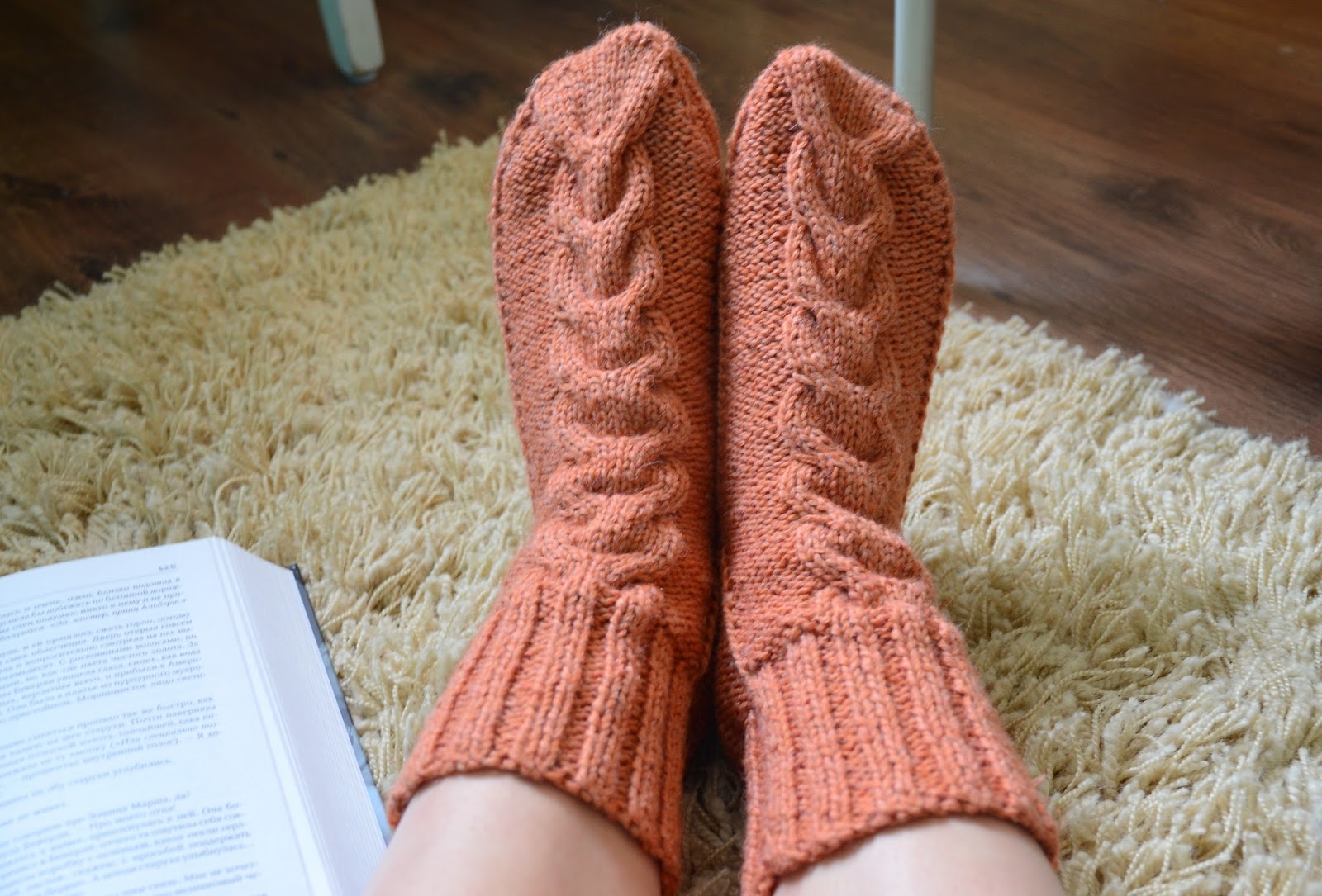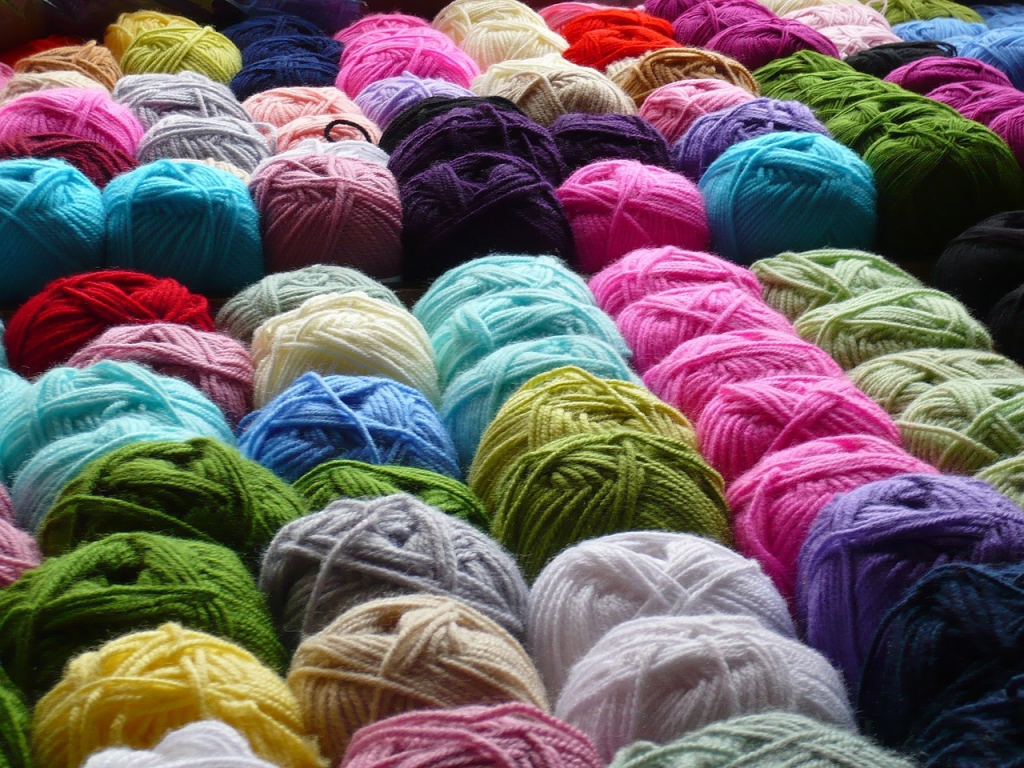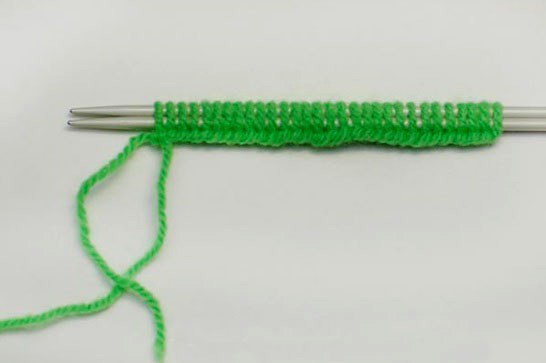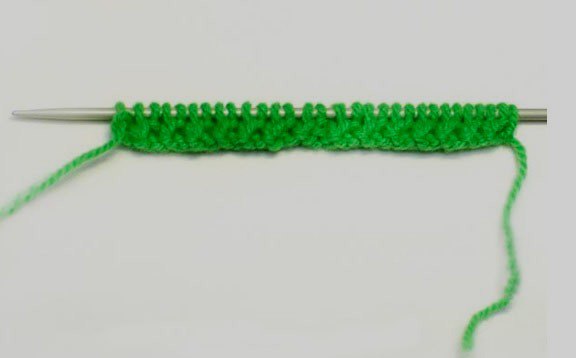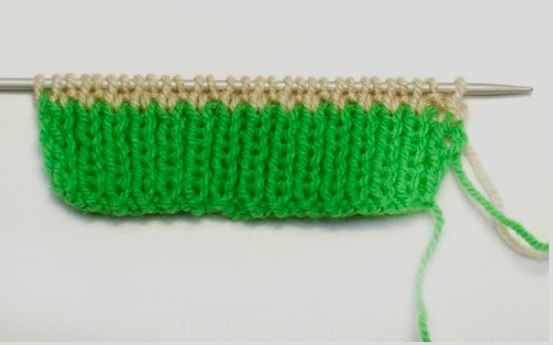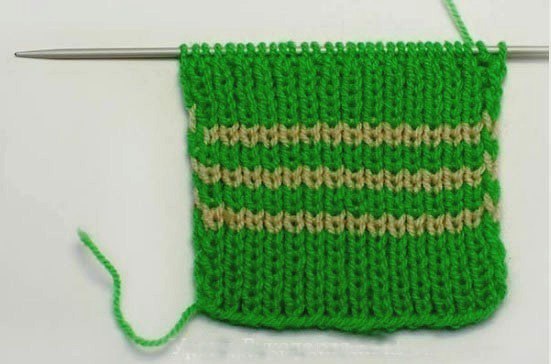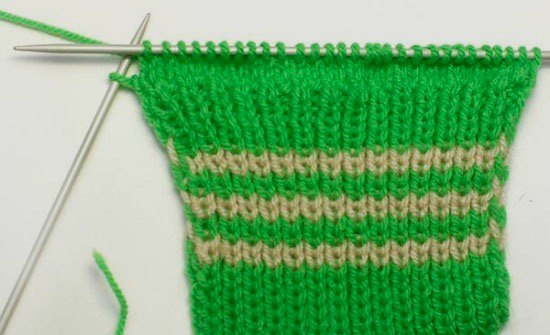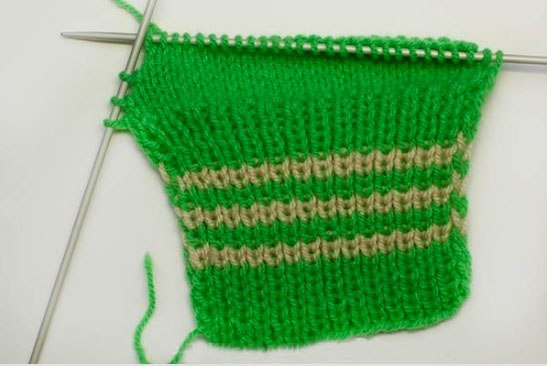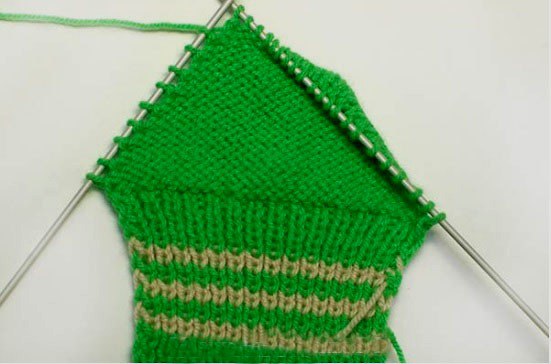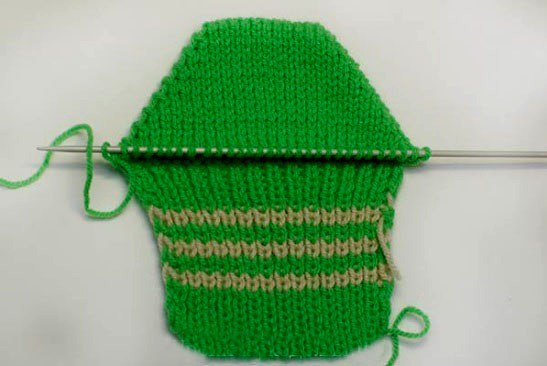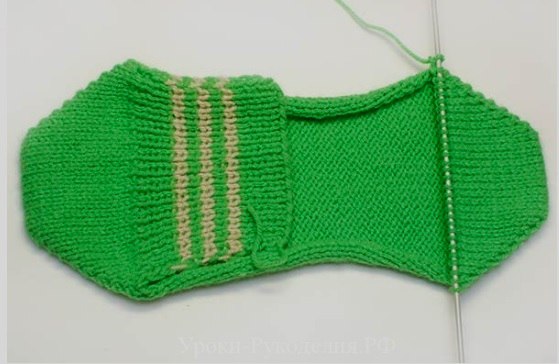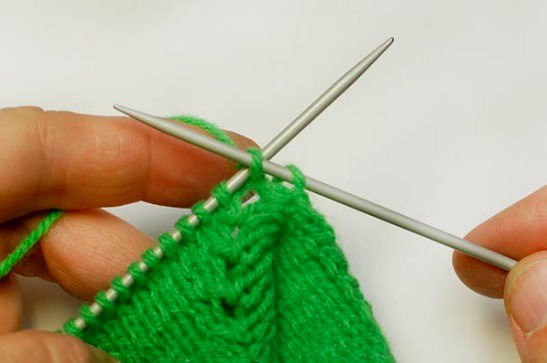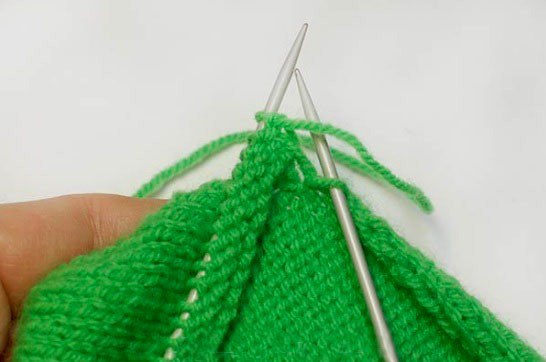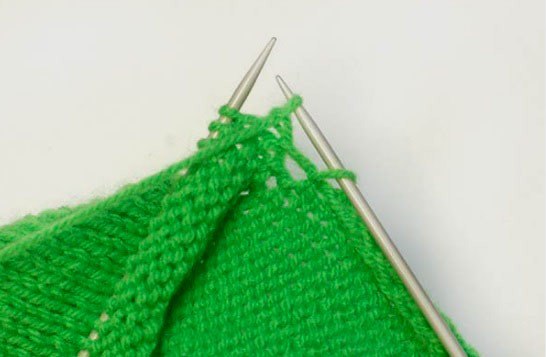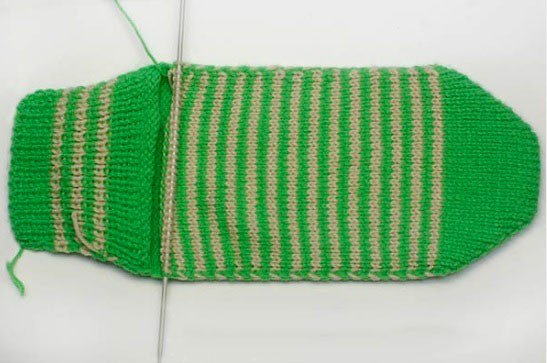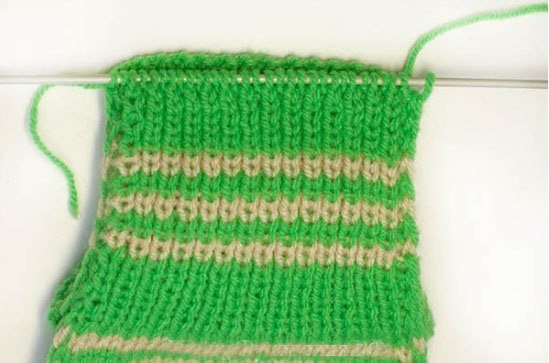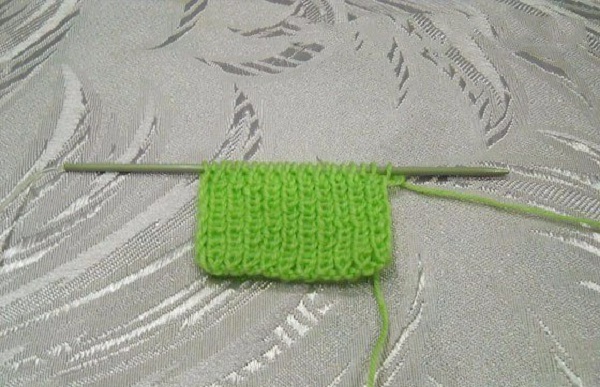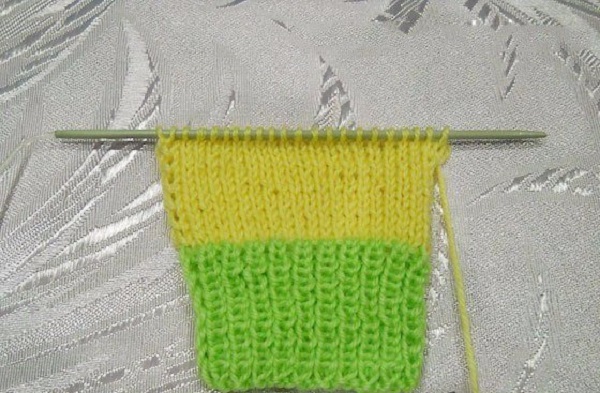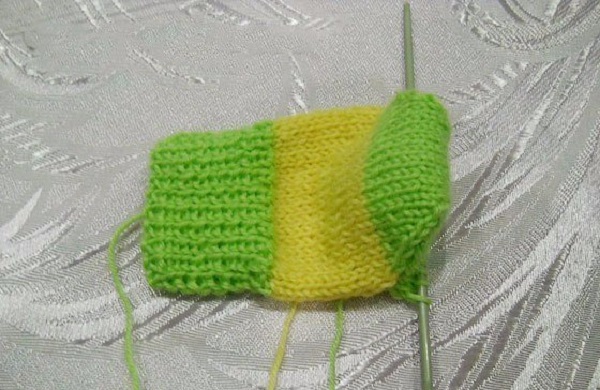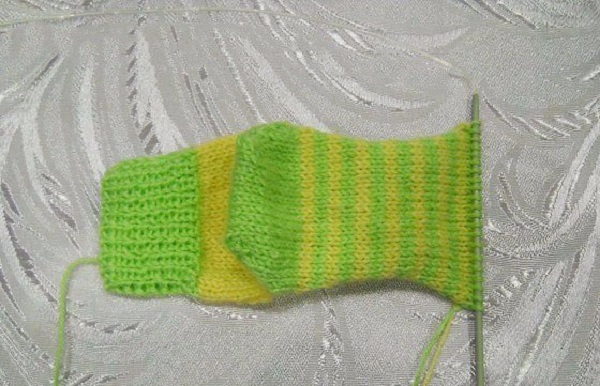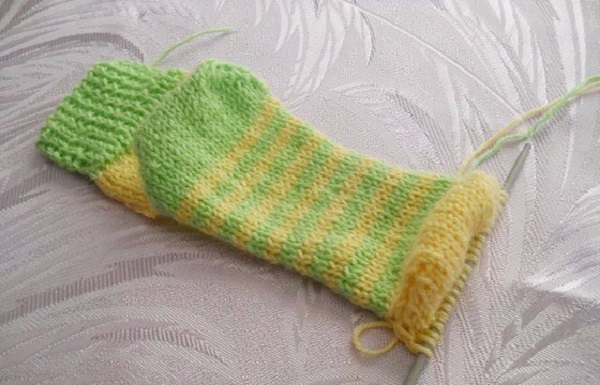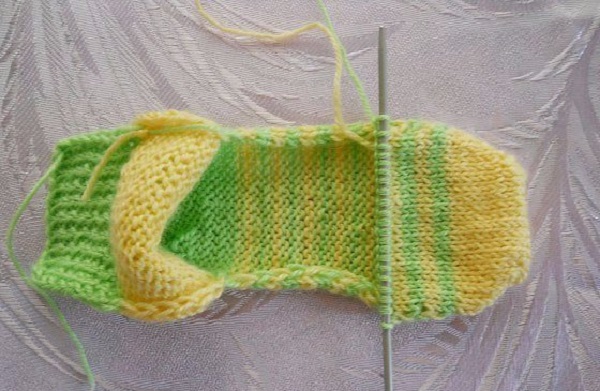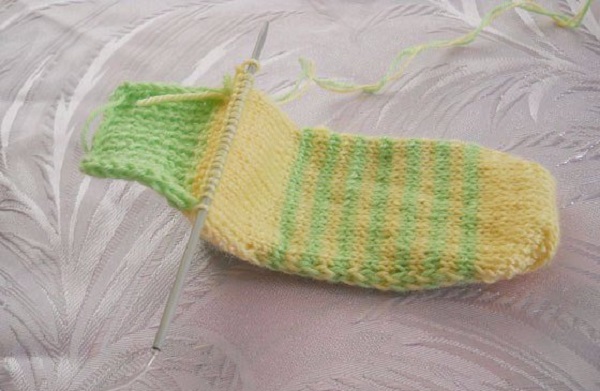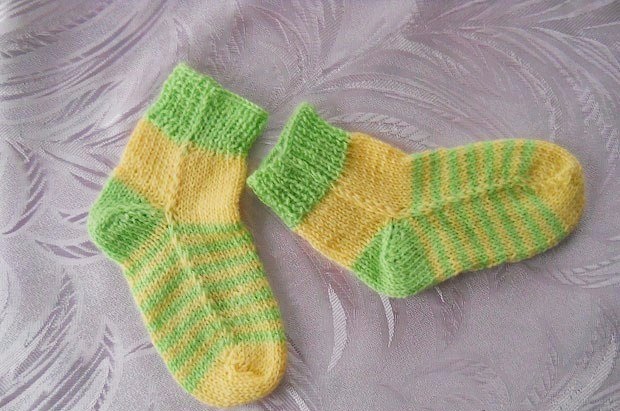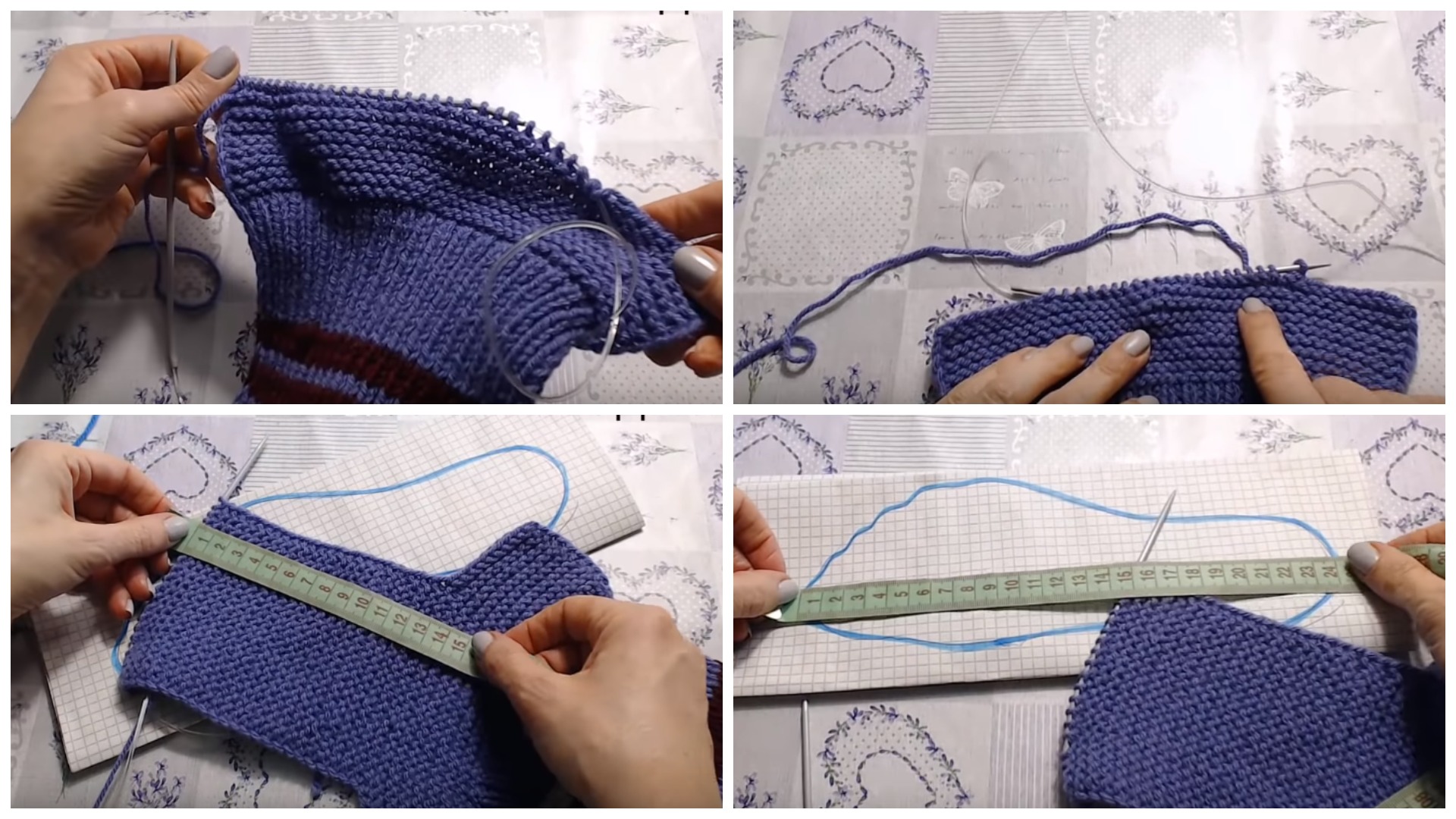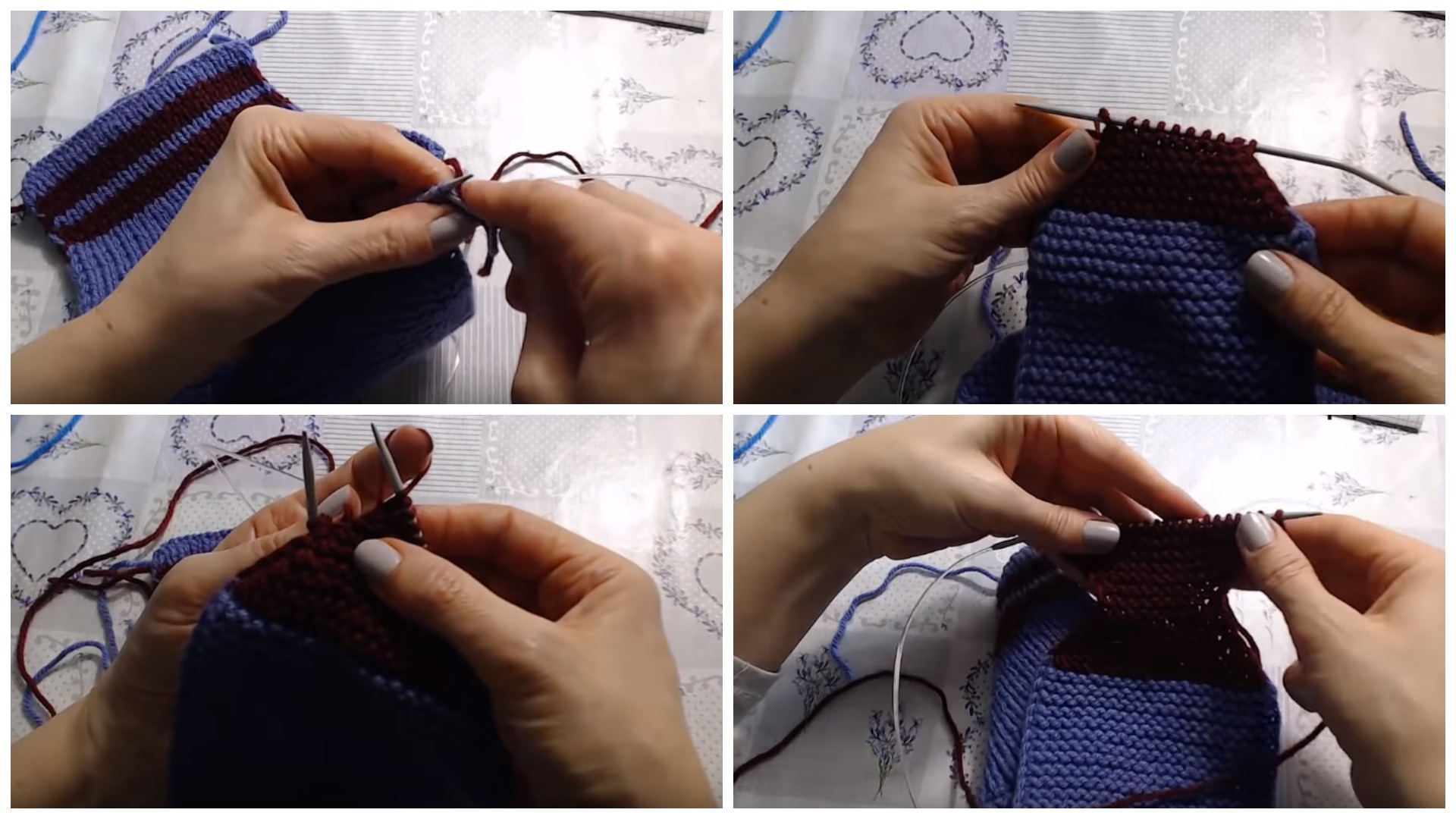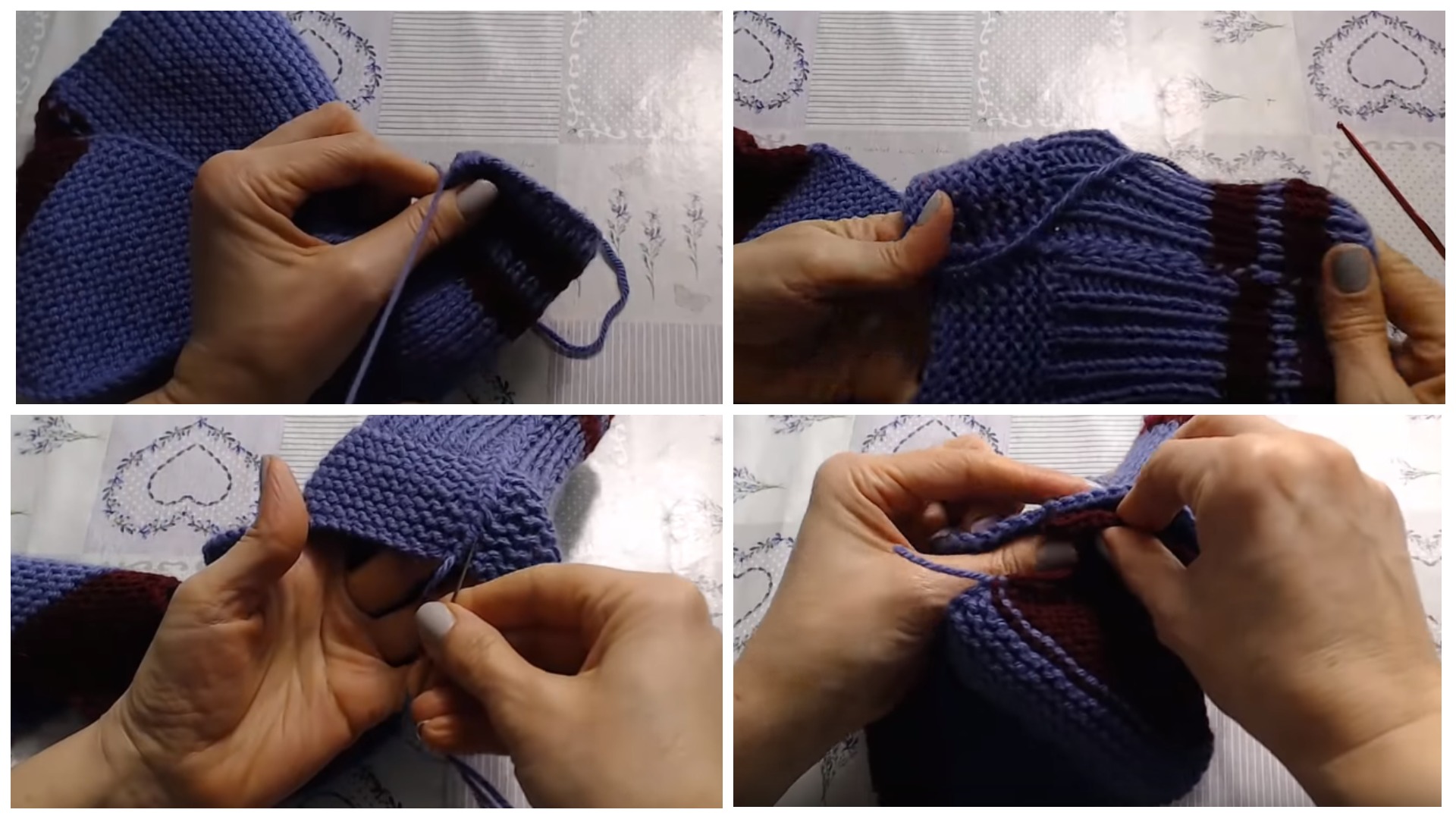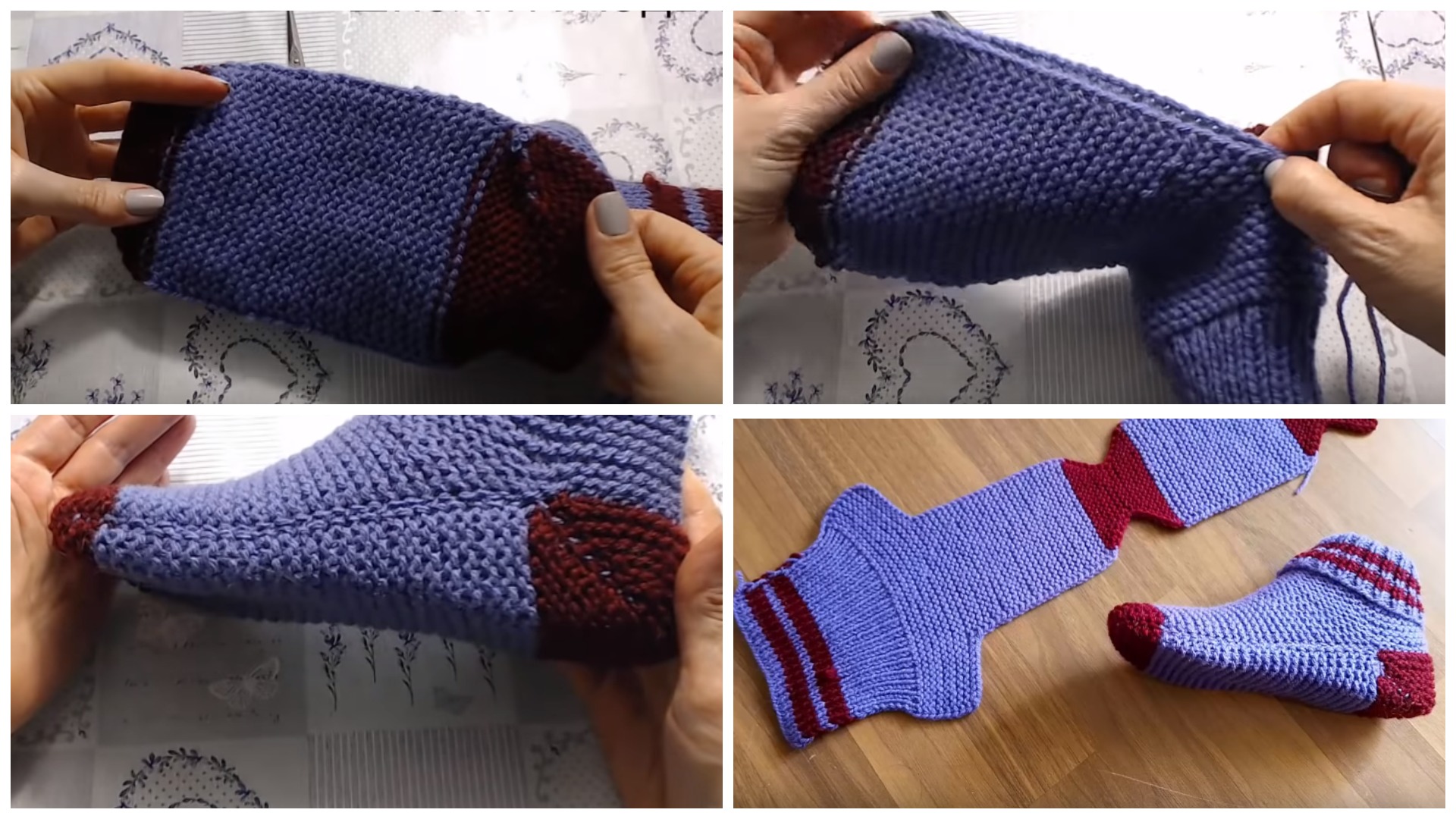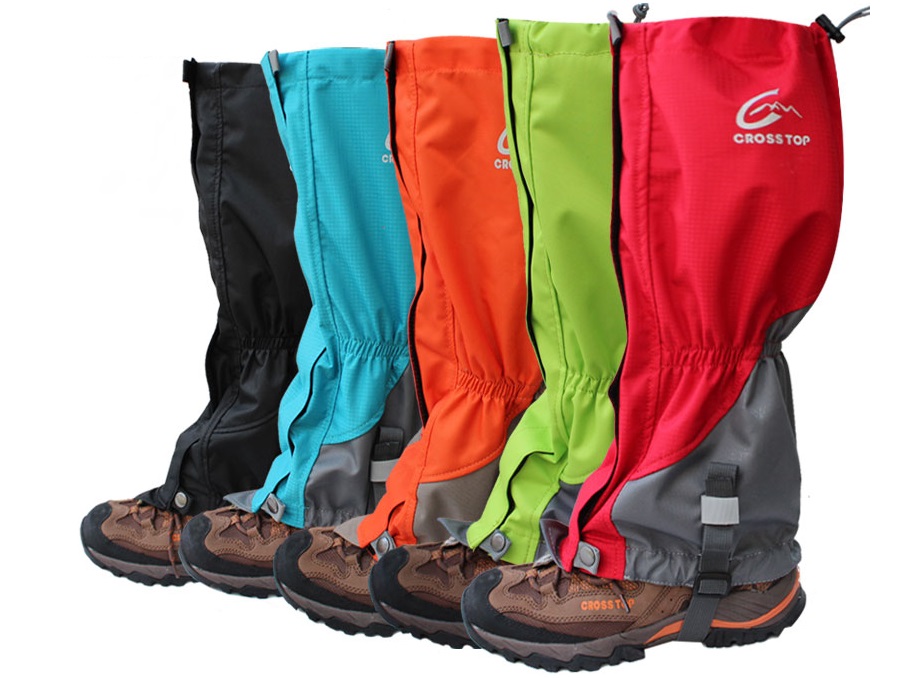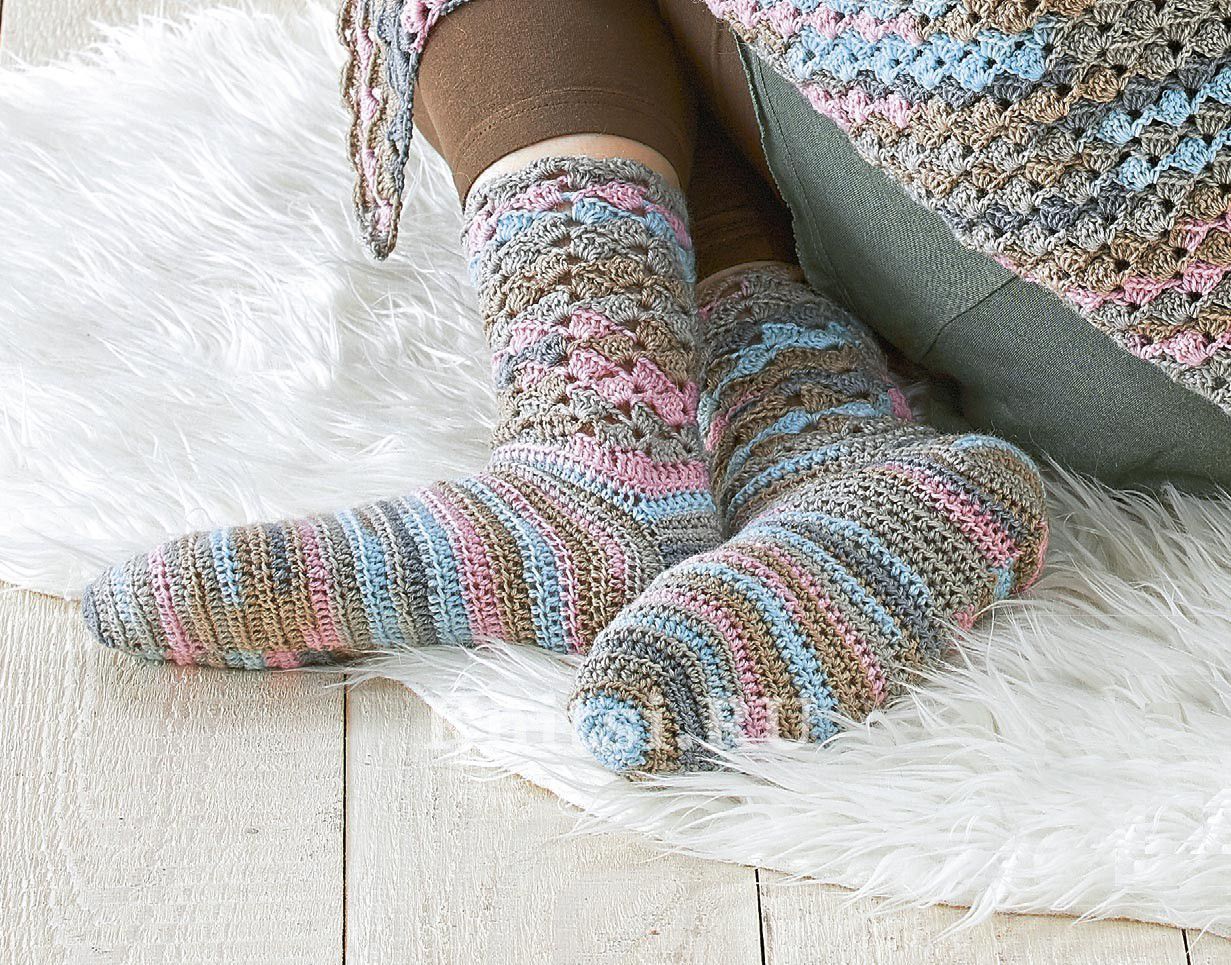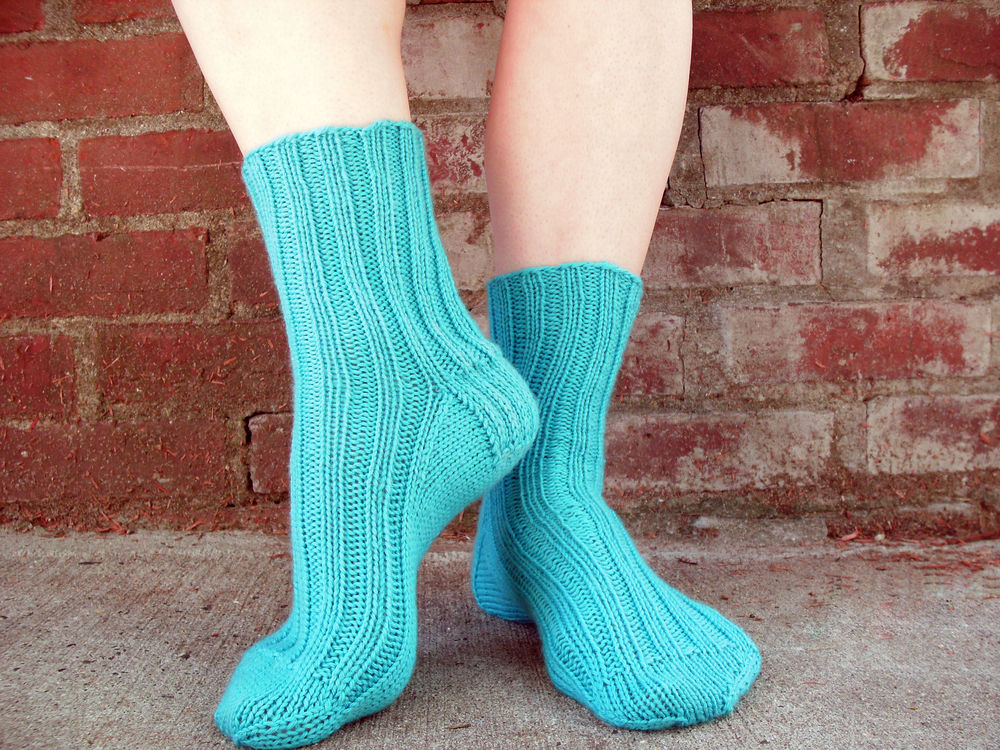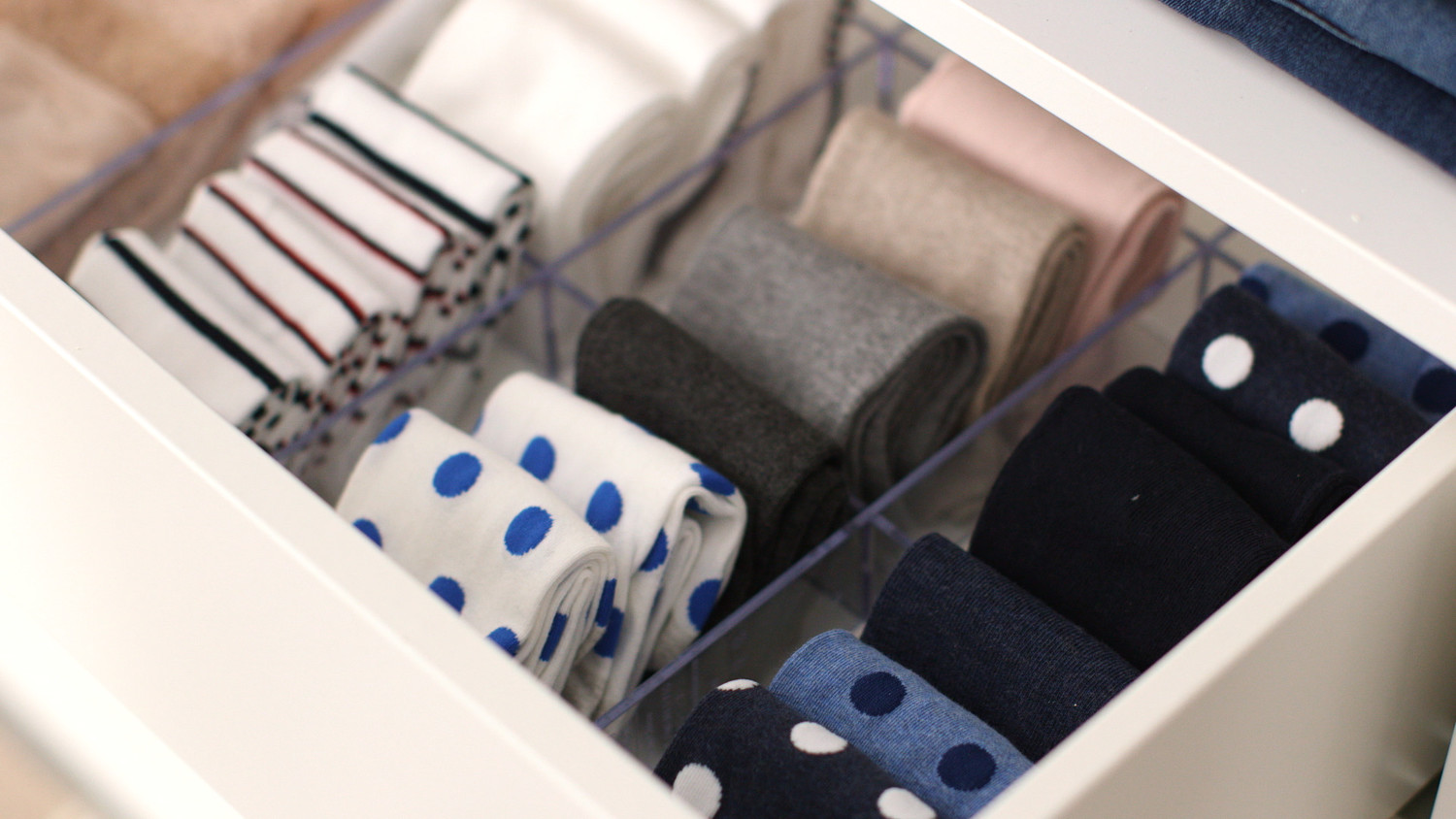The easiest DIY gift is knitted socks. They are warm enough to keep you warm in winter, and can be used as slippers in cool weather. You can knit socks on two knitting needles; this method is used by beginners, as it is considered easier. The disadvantage of such socks is that the knitted parts need to be sewn together.
Selection of yarn and knitting needles
To knit warm socks, you should use yarn made of sheep wool mixed with synthetic fibers. This option could be a thread consisting of 75% wool and 25% polyamide. It is recommended to use an additional thread on the toe or heel to strengthen these areas. Acrylic yarn is suitable for this, as it wears out less.
When creating summer products, it is recommended to use cotton yarn with the addition of polyamide. You should not choose a highly twisted thread, as this will deform the pattern. Also, for summer socks, you should not use pure bamboo yarn. With regular wear, it quickly stretches.
To knit socks for children, it is recommended to use natural materials. Wool yarn is suitable for such products:
- Dogs. Such threads have an unpleasant smell. To get rid of it, you should wash the final product with conditioner.
- Sheep. This option is suitable for making socks for both children and adults. Such a product retains heat for a long time, but does not absorb sweat well, wears out quickly and weighs more than its counterparts. This type of yarn also has a large selection of colors and is inexpensive.
- Goats. Due to the creation of static electricity from friction with the foot, this yarn improves blood circulation and retains heat for a long time. It also relieves foot fatigue and absorbs sweat well. Goat wool contains lanolin, which is a natural antiseptic.
- Rabbit. Socks made from the down of this animal are comfortable to wear, soft to the touch and durable.
For knitted socks on two needles, you need to use yarn weighing 50 g per 250 m. The thickness of such a thread makes it possible to make the product thin and durable. It is also suitable for creating patterns on the canvas. If you need to knit thick home socks, you should use six or eight-thread yarn. For 1 adult, the material consumption is 80 g per pair of socks.
To select the appropriate knitting needle size, you need to look at the recommended options on the yarn label. For knitting elastic, it is recommended to take knitting needles 0.5 mm smaller than the main knitting needles.
Knitting techniques
Various techniques for knitting socks on two needles make it easy to create a unique model. Most often, the front surface is used in combination with braids, elastic, and openwork patterns. The elastic is used to knit the cuff and allows you to put on the sock without difficulty. Beginner needlewomen knit with the front surface to get the hang of it and understand how to work with knitting needles correctly. Openwork patterns are made for summer socks: such models do not keep the feet very warm, but look aesthetically pleasing.
More experienced craftswomen can knit beautiful braids and plaits; such decor looks interesting and is suitable for home socks used instead of slippers. The pattern is quite voluminous, so you should not stretch the fabric too much. To knit the braids themselves, you need auxiliary knitting needles.
The Norwegian pattern is popular, it is made with threads of contrasting colors, usually white in combination with red or blue. Snowflakes, deer, and various ornaments are depicted on the canvas. On thematic pages and forums, you can find many schemes with similar drawings. Warm knee-highs or gaiters are also made in the Norwegian style.
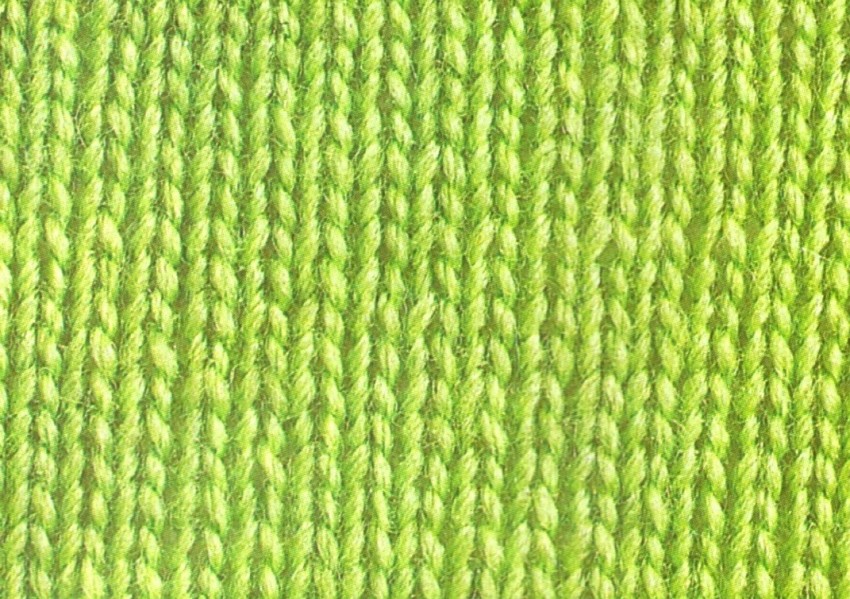
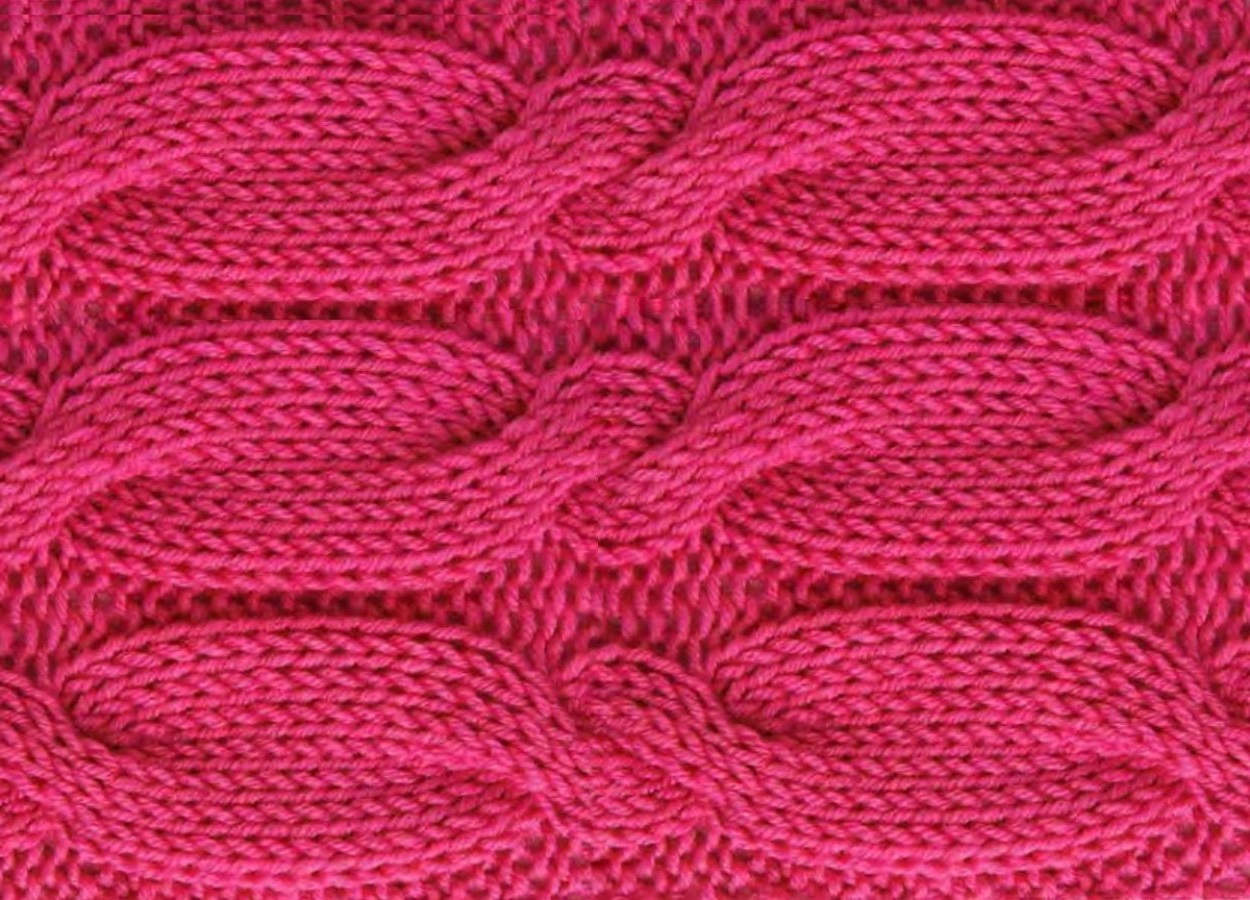
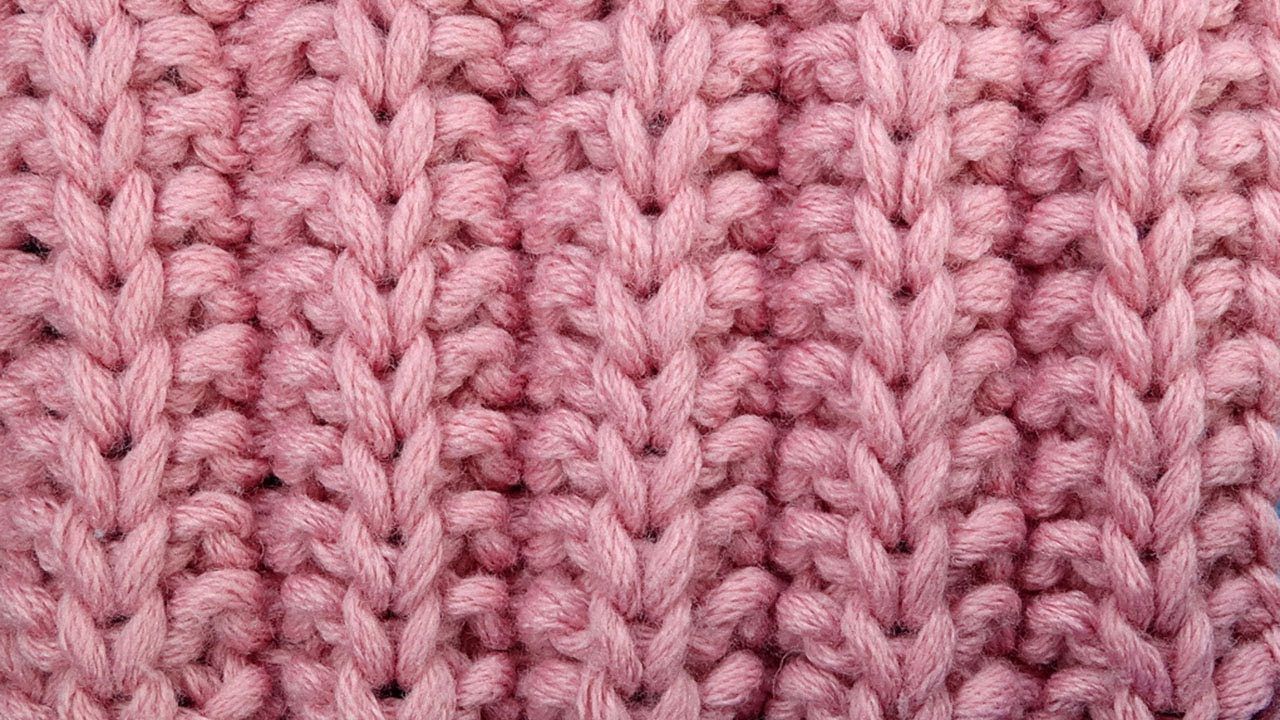
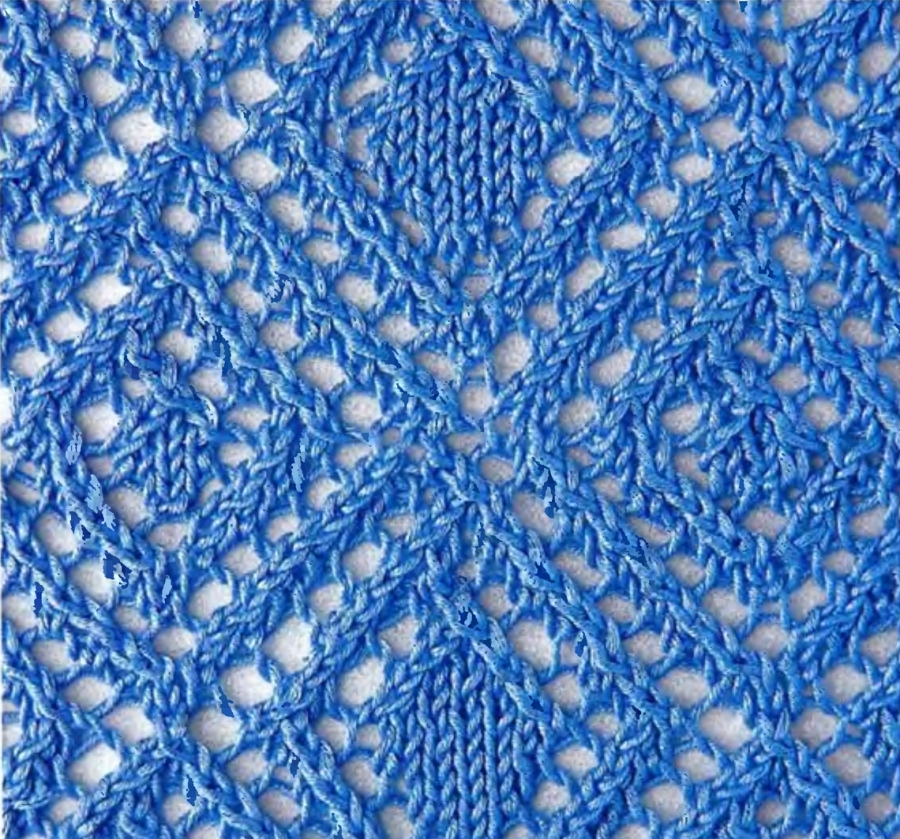
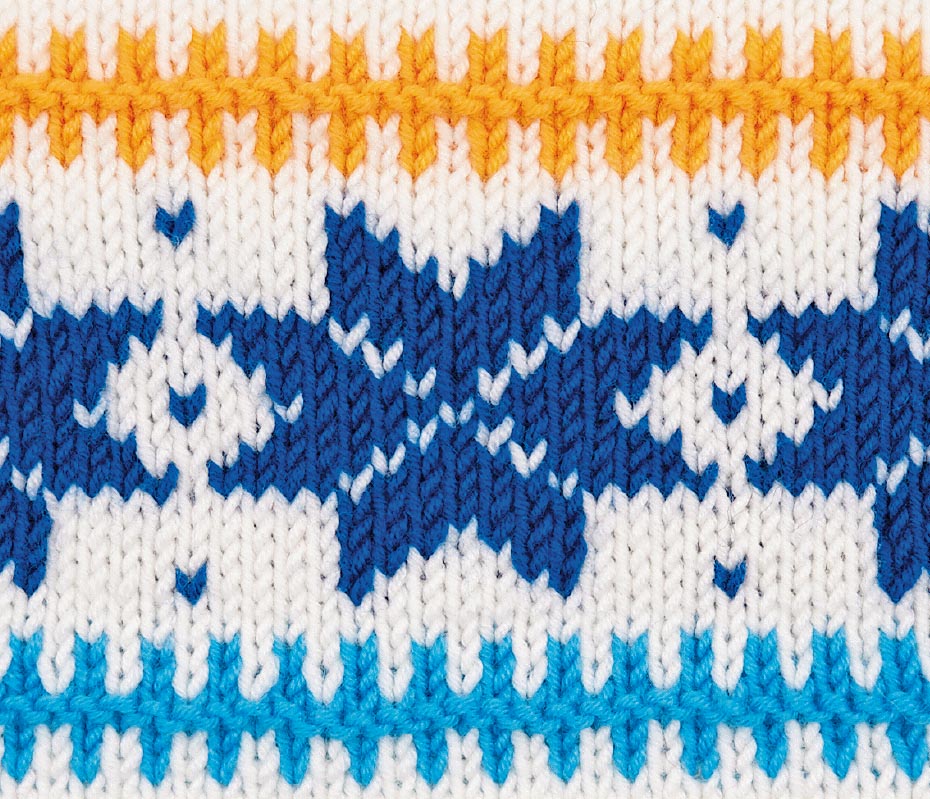
Measurements and calculations
To start knitting socks, you need to take measurements of your foot:
- lifting height;
- shin diameter;
- length of the foot.
In addition, you need to measure your foot at the ankle and multiply this number by 3. The result you get is the number of stitches you need to cast on.
When knitting socks, you need to remember a few rules:
- It is necessary to monitor the number of loops cast on.
- When decorating, it is better to use the same type of yarn so that the product does not lead due to different densities.
- It is recommended to add 5-10 extra stitches when using wool or semi-wool yarn, because the product will shrink after washing.
- It is better to tie the entire row if a loop is missed or added, this can save the product.
If you follow these rules, you should not have any difficulties with knitting.
Stages of knitting simple models on two needles
Socks on two knitting needles for beginners can be knitted by studying master classes, which describe step-by-step the algorithm for working on the product. First, always measure the foot, and then choose the yarn. It is advisable to use threads containing wool, then the product will be warmer. After choosing the material, you should decide what model the socks will be. They can be seamless, in one piece, or sewn from two parts.
Seamless
Seamless socks can be knitted with two knitting needles; during the process, you need to follow the following instructions:
- Cast on 30 stitches onto the knitting needles and knit a cuff of the required length (approximately 11 cm).
- An edge loop is made, English elastic is knitted 1 through 1 to the required size.
- Next, the heel is knitted with the front surface (22 rows).
- From row 23, decreases are made (10 loops should be removed from the side parts).
- Only the middle 10 rows are knitted to the required length. In this case, you need to connect the last loop of the row with the side one. The heel depth is 5 cm.
- The toe is knitted to the same depth – 5 cm, 15 cm is knitted in stocking stitch.
- Then comes the rise of the foot and the connection of the upper and lower parts. You need to knit the outer loops of the two parts together.
- Next, the top part is knitted to the end, then comes the elastic band.
- These two parts are also sewn together.
It is advisable to steam or wash socks knitted on two simple knitting needles without a seam before use.
Seamless products are good because they do not require much time to make. Finished socks can be decorated with pompoms, embroidery, ribbons, beads, appliques.
Children's for Beginners
Children's socks are knitted according to the same pattern as for adults, except that you need to choose yarn that is pleasant to the body. For example, alpaca, merino, cashmere, and acrylic wool are best suited for children. The knitting pattern for such socks is not difficult:
- The back cuff starts with 22 loops, knit 14 rows with a 1 through 1 rib pattern. Then knit the front surface, also about 14 rows.
- The heel is knitted by decreasing 2 loops at the beginning and end of each front row. Decreases end when there are 12 loops left in the row.
- Next comes the increase in the number of loops (up to 22) by adding them from the edge loops.
- Over the course of 28 rows, the sole is knitted in identical rows. The toe is formed according to the same principle as the heel.
- The rise is made from 22 loops in a cloth over 28 rows. When doing this part of the sock, edge loops are knitted on both sides of each front row.
- The sole piece is connected to the upper piece of the foot.
- The front cuff is knitted 14 rows and joined to the back.
When knitting children's socks, you need to remember that the foot grows quickly, so it is advisable to knit a couple of sizes larger, but not so that they fall off the child. You can add ties if you wish.
In one piece
Knitting socks in one piece is the easiest method for beginner needlewomen. This method does not require much time and effort. You need to follow the following instructions:
- The cuff is knitted with a 1 through 1 elastic band. To do this, 42 loops are cast on the knitting needles, alternating front and back loops.
- Next, knit 16 rows of garter stitch and close 10 loops on the sides. There should be 22 loops left in the center.
- The central part is knitted with front loops up to 13 cm.
- The toe is knitted with decreases on the sides on the front rows until there are 10 loops left.
- Next comes the addition on both sides on the same rows until 22 loops are restored.
- Afterwards, the same part is knitted in mirror image.
- At the end, each piece is sewn along the edge loops. To keep the sock from losing its shape, the seams must be extremely neat.
Decoding diagrams for beginners
For beginner needlewomen, the most difficult step is deciphering the pattern. Before you start knitting socks on two knitting needles, you need to familiarize yourself with the basic rules:
- In the table variation, each cell represents one loop.
- In the knitting process, loops are divided into front loops (read from right to left) and back loops (read from left to right).
- In the table, the vertical coordinates show the knitting algorithm, and the horizontal ones show the required number of loops.
- Rapport in a pattern is a repeating part of a pattern. Usually indicated by asterisks.
- Edge loops are not indicated.
Each diagram has graphic symbols that are easy to remember.
| Sign | Loop |
| Empty square | Facial |
| Horizontal stick | Purl |
| Plus | Edge |
| Rhombus | Crossed |
These are the basic elements that make up simple patterns. They help you understand how to read the patterns. Needlewomen often confuse the symbols, so to begin with, you can write them out on a piece of paper or print them out. This will help you avoid confusion and get used to the diagrams.
Video

